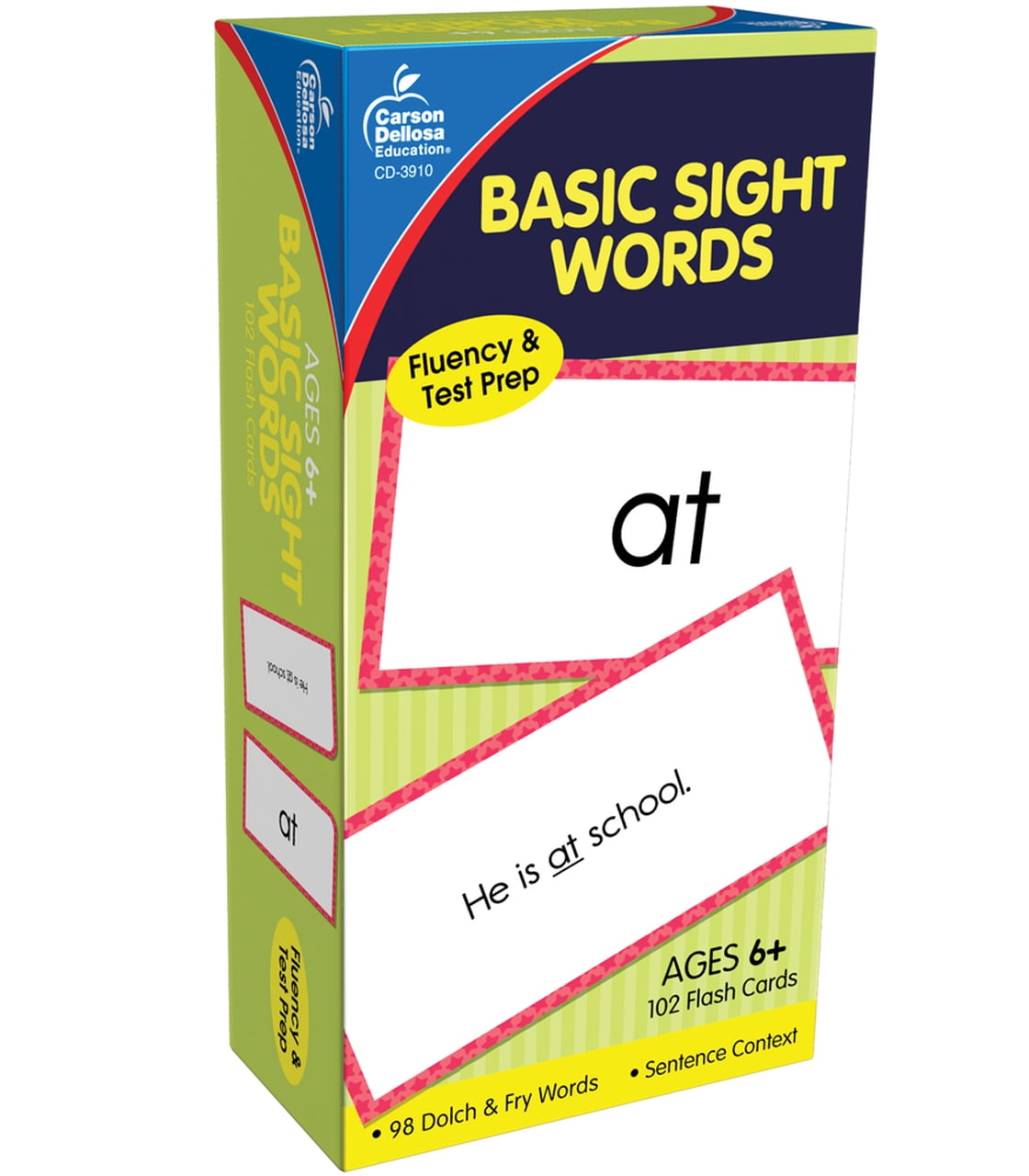

Students can organize words in ABC Order or shoot basketballs after reading a word correctly.īe sure to check out more Sight Word Activities. Students can play many games with these flashcards.

Then, students use flashcards independently or with a partner. Introduce these flashcards by listening to the Have Fun Teaching Sight Words Songs. Use this Sight Words Bingo as an additional resource for your students. If you are using these flashcards, your students are probably learning about sight words. Other resources to use with this Second Grade Gingerbread Sight Words Flash Cards Students read sight words on flashcards and sort into piles based on if it was correct or incorrect. These flash cards help build your students reading rate and accuracy. Your students will encounter sight words in their daily readings. None of the sight words have been coded or marked in anyway, so you have a blank template to work with.Using Second Grade Gingerbread Sight Words Flash Cards, students use the flash cards to build their sight word fluency. *If you disagree with the way I have categorized any sight word on this list, including the “oddball” words, you are more than welcome to teach them the way that works best for you and your learners. Under the main word, youll see a space where children. Through careful study of more words, you and your learners may realize that some of these words are not truly “oddballs” at all! For example, the ey in they matches the pattern found in prey, whey, and obey. These cards are not necessarily flash cards, but they are used to practice reading these words quickly. With these words, be sure to explicitly discuss the parts of the word that both DO and DON’T follow their expected sounds. Since the ai sounds like /ĕ/ instead, it is considered an “oddball.” The word they has the /ā/ sound at the end, but the ey pattern is used instead of the expected ay pattern.

a word that makes the same phonics sound but is spelled differently than expectedįor example, said has the visual vowel team pattern of ai, which usually makes the sound /ā/.a word that has the same visual pattern as other words within the same category, but the pattern does not make the expected sound.On the chart, you’ll see the term “oddball.” This comes from my Words Their Way training, and is a wonderful way to explicitly teach the parts of a sight word that are expected/regular and the parts that are not expected/not regular.Īs explained at the end of the chart, an “oddball” can either be: For example, you’ll find all the CVC words listed together such as: but, at, is, had, and yes.īecause many sight words can be fully sounded out using phonics and nearly all the others can be partially sounded out, combining the two strategies is a POWERFUL way to teach sight words! Not only is there a chart, but all 250 sight words are then provided via flashcards by their phonics skills! Quick Confession: These are really high frequency word flashcards, as they feature all of Fry’s first 100 words, all of Dolch’s words by their phonics pattern. *I am a participant in the Amazon Services LLC Associates Program, an affiliate advertising program designed to provide a means for me to earn fees by linking to and affiliated sites. Enter the password, which can always be found at the bottom of your most current newsletter. If you are already a subscriber, snag this freebie from the subscriber library.Not a subscriber? Subscribe HERE or enter your email at the end of this post to get the cards.Please note: This pack of flashcards is for subscribers only.


 0 kommentar(er)
0 kommentar(er)
